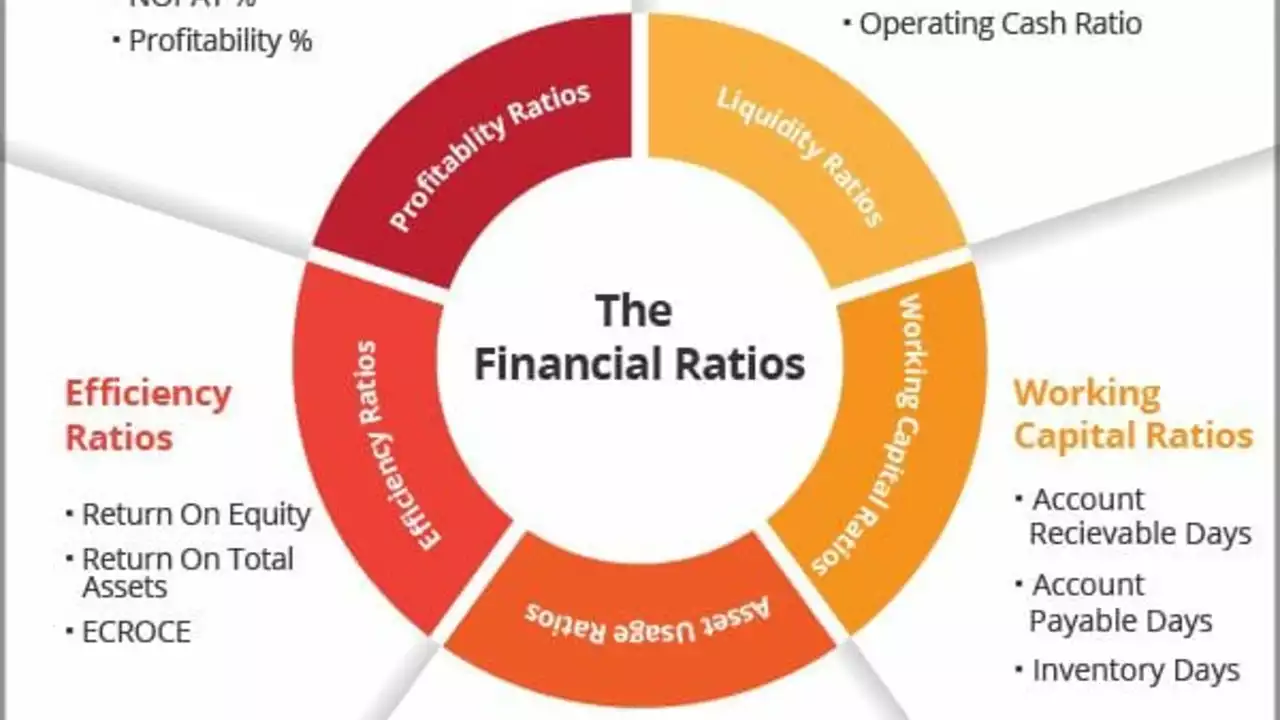The Essentials of Credit Unions and Their Profitability
For as long as I can remember, I've always been curious about the alchemy of the financial world. How does money make money? More specifically, how do credit unions, those friendly neighbourhood financial institutions, generate profit? When I was younger, I became a member of a local credit union in Toronto. More out of fascination than anything, I wanted to dive into the depths of their operations. So, let's unravel this financial mystery and examine how credit unions make a profit.
Understanding the Cooperative Business Model
The secret sauce to a credit union's success is right in its core principles - the cooperative business model. Hailed as democracy's answer to banking, credit unions are profit-sharing institutions owned and operated by its members. Unlike traditional banks that aspire to stuff their coffers at the mercy of shareholders, credit unions exist solely for their members. But how does this altruistic financial philosophy convert into profits? Let's peek under the hood.
The Magic of Interest Rates
Do you ever wonder what happens to your money once you stuff it into your savings account? Does it sip margaritas in some banking paradise? Afraid not. Your money gets shipped off to different loans to fund mortgages, student loans, and even small businesses. Now, here's where the magic happens. Your credit union charges these borrowers interest for using your money and gives a small portion back to you in the form of dividends. Think of it as rent for your money. The difference between what the credit union earns from loans and what it pays to its members in dividends is one way that the union makes a profit.
Services and Fee Income: A Secondary Revenue Stream
Interest income is the lion's share of revenues for credit unions. But they wouldn't sustain on that alone. So, they swivel their revenue-generating periscope towards services and fee income. This might include fees from wire transfers, ATM usage, overdrawn accounts, and more. Even services like financial advisory and business banking, which credit unions customize to stay member-centric, contribute to this portfolio. Now, here's where it gets humorous. Ever paid a late fee on a Netflix subscription? Frustrating, isn't it? But as annoying as these fees might be, they form an essential part of credit unions' income structure.
Tying into Ancillary Businesses
To enrich their source of income, credit unions sometimes wear the hat of venture capitalists, investing in ancillary businesses. This might encompass insurance services, travel agencies, or brokers. I fondly recall how my local credit union in Toronto branched off into the insurance sector, partnering with a nationwide firm. It's a smart tactic, not just for generating additional revenue but also to provide convenience for its members. So the next time you see your credit union offering a bizarrely unrelated service, know that it's another cog in the vast money-making machine.
The Catch: Profit Distribution and its Impact
In the world of credit unions, profit isn't a dirty word, but its distribution sure is a unique trait. A portion of the profit is ploughed back into the credit union, improving services and covering operational costs. The remaining is well, the fun part! It's shared among the members (Hint: That’s you and me!) in the form of better rates, dividends, and improved services. You see, it's a benevolent cycle, more members - more money - more services - more profit - more dividends - more members! And that's how our friendly, cooperative institution generates a profit.
In a nutshell, credit unions make their profit through a cocktail of cooperative principles, interest returns, service fees, venture investments, and as we discussed, occasional Netflix-style late sanctions. It's not just about stacking green bills, but also about fostering a community that thrives financially. Now, isn't this a tale of finance worth telling?
